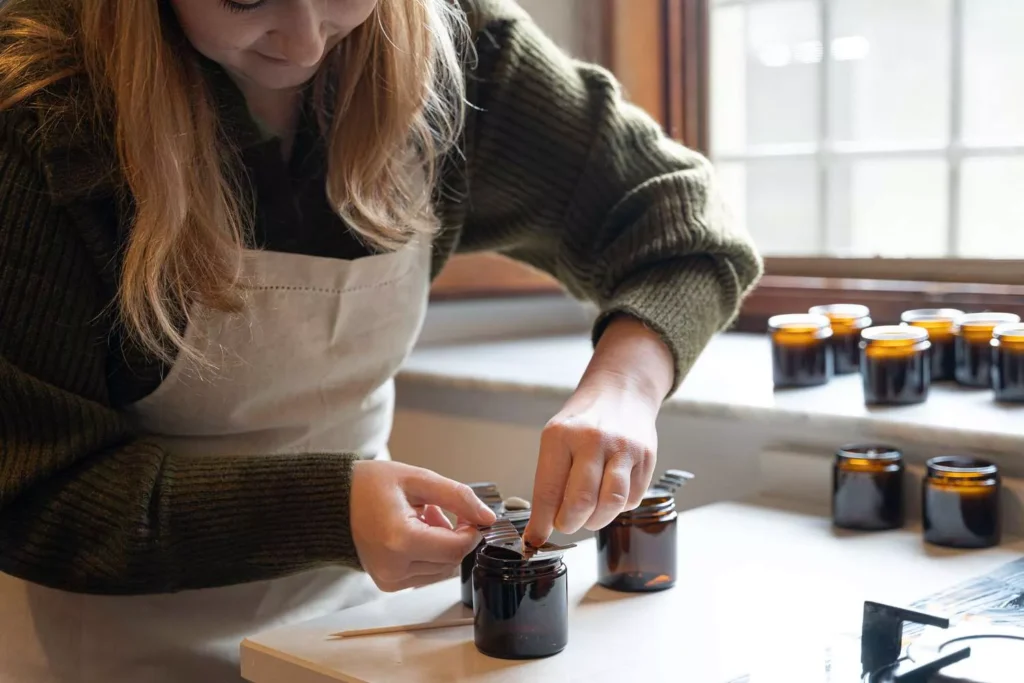Table of Contents
ToggleThere’s something magical about making candles. The scent, the warmth, the glossy surface of freshly poured wax — it feels almost alive. But that sense of perfection often fades when, weeks later, a candle begins to soften, sweat, or lose its shape on the shelf. For many candle makers, it’s confusing and frustrating. Why does a candle that looked flawless suddenly melt or deform?
The answer lies in the science of wax and its delicate balance with temperature, fragrance, and environment. Candle wax is not an inert substance — it’s constantly responding to air, humidity, and storage conditions. When even one step goes wrong, the result can be disappointing.
Let’s explore why candle wax behaves this way, how to prevent it, and how thoughtful handling and packaging can make all the difference.
The Life of a Candle Begins With Wax

Every candle starts with wax — and not all wax is created equal. Wax acts as both the fuel and the structure of the candle. It holds fragrance, colour, and wick placement. Its consistency and chemical behaviour decide how long the candle lasts and how well it burns.
After pouring, wax continues to change. Even though it looks solid, molecules inside are still setting, forming crystalline patterns and balancing oils. If the cooling process is uneven, or if the wax composition isn’t right, instability starts early — even before the candle leaves the workshop.
Understanding Wax Types and Their Natural Behaviour

Different waxes react differently to temperature, fragrance, and air exposure. Knowing their traits helps candle makers plan storage and packaging properly.
Paraffin Wax
Paraffin is popular for its smooth texture and bright finish. However, it has a relatively low melting point (46°C–68°C). That means even mild heat exposure — a sunny shop window or warm storeroom — can soften or warp the candle.
Soy Wax
Loved for its natural source and soft matte look, soy wax is more temperamental. It absorbs fragrance beautifully but is prone to frosting (a white, patchy film) and surface sweating when temperatures fluctuate. Soy wax can also shrink more than paraffin if cooled too quickly.
Beeswax
Beeswax is highly stable and slow-burning, with a higher melting point (around 62°C–64°C). Still, it can develop a cloudy surface or “bloom” if stored in cool or humid areas for long periods.
Coconut and Blended Waxes
Many modern candles use coconut or mixed blends to combine sustainability with performance. These blends can be luxurious but also tricky — each ingredient melts differently, so poor mixing or wrong curing time can cause separation or soft spots later.
Each wax type requires a different approach, and misunderstanding these behaviours often explains why one batch stays perfect while another melts on the shelf.
The Hidden Science of Wax Cooling and Curing
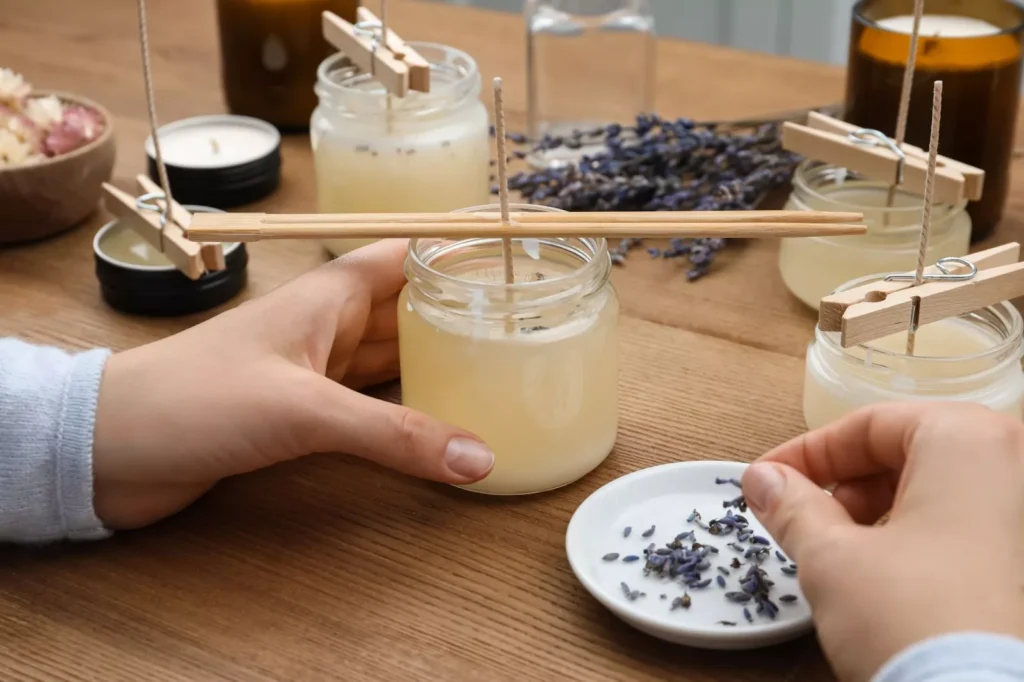
A candle isn’t finished when it hardens; it’s finished when it cures. Curing allows fragrance and wax molecules to bond completely and stabilise.
When candles are packed or burned too soon after pouring, they’re still chemically active. The fragrance oils haven’t fully integrated, and the wax structure is still settling. This leads to uneven texture, sweating, or later deformation.
Here’s a general curing guideline candle makers follow:
- Paraffin candles: 3–5 days
- Soy candles: 10–14 days
- Beeswax candles: up to 20 days
Skipping this step is one of the biggest hidden causes of candle instability.
Why Candles Melt or Deform

Candle deformation doesn’t usually have a single cause — it’s often the result of multiple small things combining. Below are the most common reasons that affect candle shape and texture over time.
1. High Ambient Temperature
Candles stored in hot environments are bound to soften. Even a few hours in a delivery van or unventilated stockroom can push the wax beyond its comfort range. For paraffin or soy candles, this can mean visible warping or an oily surface.
2. Humidity and Moisture
Humidity doesn’t melt wax directly, but it can draw fragrance oils to the surface, making candles appear sweaty or sticky. Moisture trapped inside packaging can also make wax look cloudy.
3. Improper Pouring Temperature
Pouring wax too hot can trap air pockets or cause uneven crystallisation. When the candle later warms up slightly, those weak areas may collapse or dent.
4. Overloading Fragrance Oils
Fragrance oils enhance candle quality, but too much oil disrupts the wax’s solid structure. Excess oil may seep out when the temperature rises, making it look like the candle is melting.
5. Uneven Cooling
Cooling too fast or unevenly can create stress points inside the candle. These become visible as cracks or small sunken areas later.
6. Light Exposure
Direct sunlight doesn’t just fade colour; it warms the wax unevenly. This softens edges, especially for candles stored in transparent jars or boxes.
7. Storage Conditions
Stacking candles tightly or storing them on metal shelves can transfer heat. Inconsistent air circulation often causes the bottom layers to soften while the top remain firm.
8. Inadequate Packaging Protection
Packaging can’t stop temperature changes, but it can slow them down. Thin or loose boxes allow heat and humidity to reach candles more easily, leading to premature softening.
The Role of Fragrance and Additives in Candle Stability
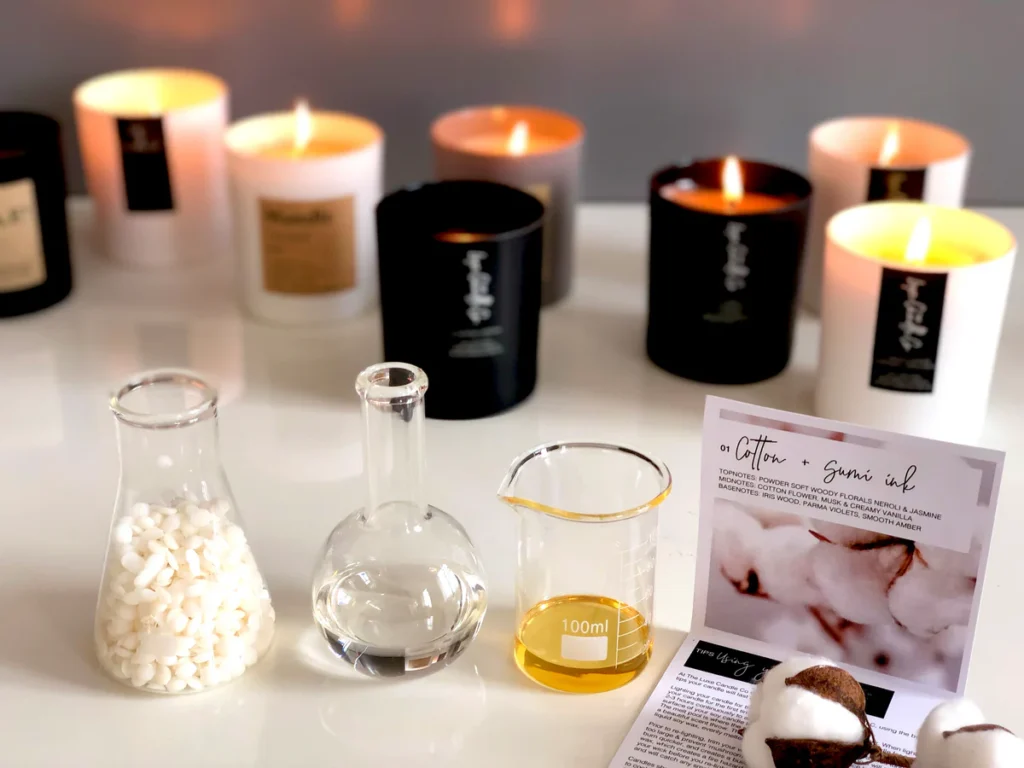
Fragrance is where art meets chemistry. While scent defines a candle’s personality, it also introduces risk if not handled precisely.
Every wax can hold only a certain percentage of fragrance — too much, and the wax structure becomes unstable. The candle may sweat or even leak oils. Similarly, some essential oils contain water or alcohol traces, which can alter the wax texture after curing.
Dyes can also affect structural balance. Over-pigmented waxes tend to absorb heat faster, increasing the risk of melting under display lights.
Good candle makers keep detailed records — they note temperatures, fragrance ratios, and curing times — because one small change can decide whether a candle stands strong or melts in a box.
When Candles “Sweat”: What’s Really Happening
Candle sweating is one of the most misunderstood issues in candle making. Many mistake it for melting, but it’s actually oil separation.
As temperature rises, fragrance oil expands and seeps out of the wax. When the candle cools again, the oil remains on the surface, leaving a glossy or wet look. It doesn’t mean the candle is spoiled, but it can reduce its shelf appeal.
Using absorbent inserts or blotting gently with tissue can fix appearance issues temporarily, but long-term prevention comes from perfecting the formula.
Why Some Candles Deform During Shipping or on Store Shelves
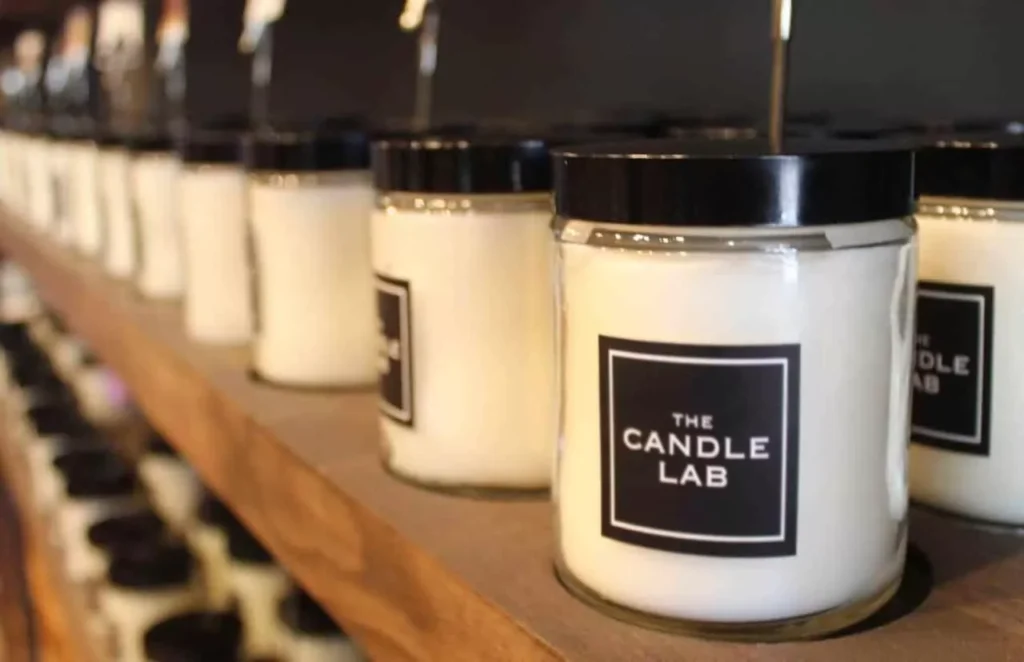
Even well-made candles can lose shape after leaving the workshop. This usually happens during transportation or when displayed in warm retail environments.
- Delivery vans and warehouses often reach temperatures above 35°C. If candles are stacked close together, the combined warmth accelerates softening.
- Poor ventilation in retail shelves traps heat. Candles near display lights are especially vulnerable.
- Packaging compression also plays a role — tightly packed candles without inserts can lean, press, or dent each other’s surfaces.
Early Signs of Candle Instability
Candle makers can catch potential melting issues early if they know what to look for. Watch for:
- A soft base or uneven texture after a few days.
- Small oil rings or patches on the surface.
- Faint fragrance leaks or a slippery feel.
- Candles that feel slightly sticky when handled.
- Frosty or wet appearance during storage.
These small changes usually indicate incomplete curing or excess oil migration — both can worsen during storage or transport.
Preventing Melting and Deformation
Consistency is key in candle making. Here are practical ways to prevent melting and deformation across production and storage stages:
1. Control Pouring Temperature
Follow wax-specific guidelines. For soy wax, ideal pouring temperature is 55°C–65°C; for paraffin, around 70°C.
2. Cure Properly Before Packaging
Give candles enough time to stabilise. Packaging or shipping too soon can trap residual warmth, causing condensation or sweating.
3. Store in Stable Conditions
Maintain room temperature between 15°C–25°C with humidity below 60%. Avoid direct light and heat sources.
4. Avoid Overloading Scents
Keep fragrance oil within recommended limits. Use stabilisers if needed for complex blends.
5. Use Inserts for Protection
Candle boxes with inserts prevent friction and physical stress. They also keep candles upright and secure during transit.
6. Choose Packaging Wisely
Opt for materials like cardboard, kraft, or rigid boxes that provide mild insulation and moisture resistance.
When Packaging Matters: A Protective Layer, Not a Solution
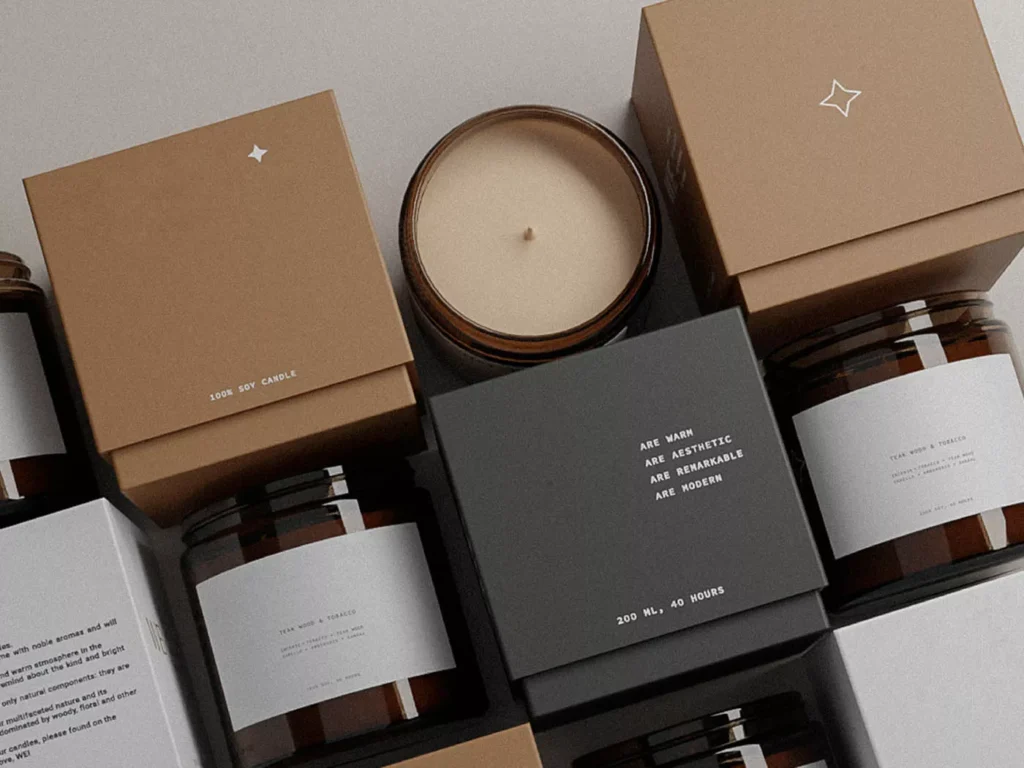
Even the finest candle can suffer damage if not protected correctly during handling. Packaging doesn’t stop melting, but it can prevent environmental stress from making it worse.
Bespoke Candle Boxes are crafted to fit each candle’s dimensions, preventing unnecessary movement. These boxes often use layered cardboard or kraft materials that buffer slight temperature shifts.
For fragile or multi-piece candles, Candle Boxes with Inserts offer structured compartments. Inserts prevent candles from touching each other and reduce the chance of dents or pressure marks.
The goal isn’t just to make packaging look attractive — it’s to ensure that a candle’s hard-earned quality remains intact until it reaches the customer.
Still, even the best packaging cannot replace proper wax formulation, controlled curing, and careful storage. Packaging complements the process; it doesn’t fix production errors.
The Role of Retailers and End-Users
Once candles reach retailers or customers, the responsibility shifts slightly. Retailers should:
- Avoid placing candles near display lights or windows.
- Store surplus stock in temperature-controlled rooms.
- Rotate stock regularly to prevent older candles from softening under long-term warmth.
Consumers should also be advised to store candles away from direct sunlight or heat vents. Educating buyers adds value and reduces returns or complaints.
Seasonal and Scent-Based Variations
Certain candles are more prone to softening depending on their scent ingredients. Citrus, floral, and essential oil-based candles contain volatile components that react to heat faster. Similarly, heavily scented candles made for summer often require different stabilisers than winter variants.
Seasonal adjustments in formulation — slightly firmer wax blends in summer and softer blends in winter — can maintain stability year-round. Experienced candle makers fine-tune their recipes based on regional climate trends.
How Candle Makers Can Improve Shelf Stability
Creating stable candles is as much about observation as chemistry. Candle makers should test each batch under varied conditions before scaling production.
Here are some advanced yet practical tips:
- Test candles in warm and humid environments for 48 hours before packaging.
- Measure hardness with a simple pressure test — if the surface dents easily, curing isn’t complete.
- Avoid adding water-based dyes or unstable natural additives.
- Use double-walled containers for jar candles.
- Store ready candles on wooden or cardboard shelving rather than metal.
These practices add time but prevent costly waste and customer complaints later.
When the Scent Becomes the Culprit
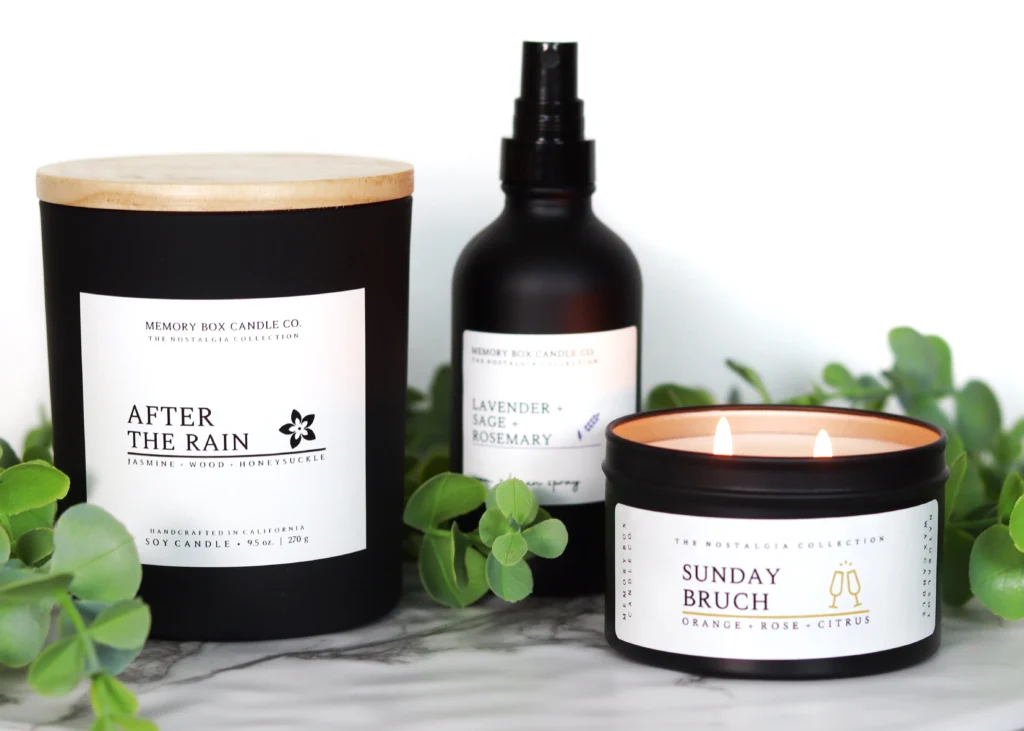
It might surprise some makers, but scent can sometimes cause melting-like behaviour. Strong essential oils such as citrus, eucalyptus, or cinnamon contain components that react with wax over time. They slightly reduce hardness, giving the candle a semi-soft feel.
In poorly ventilated packaging, these vapours get trapped, condense, and make the wax appear damp. This is often mistaken for melting, though it’s really scent saturation.
Choosing low-reactive fragrance oils or reducing concentration can prevent this.
The Economics of Wax Quality and Business Loss
Using low-quality wax may seem cheaper initially, but it often results in higher product loss. Softening, sweating, and deformation lead to rejections during quality checks or returns from retailers.
Even a 5% failure rate can eat into profits when multiplied across large batches. High-quality wax and proper formulation pay off in brand reputation, lower waste, and consistent customer satisfaction.
Building a Candle That Lasts
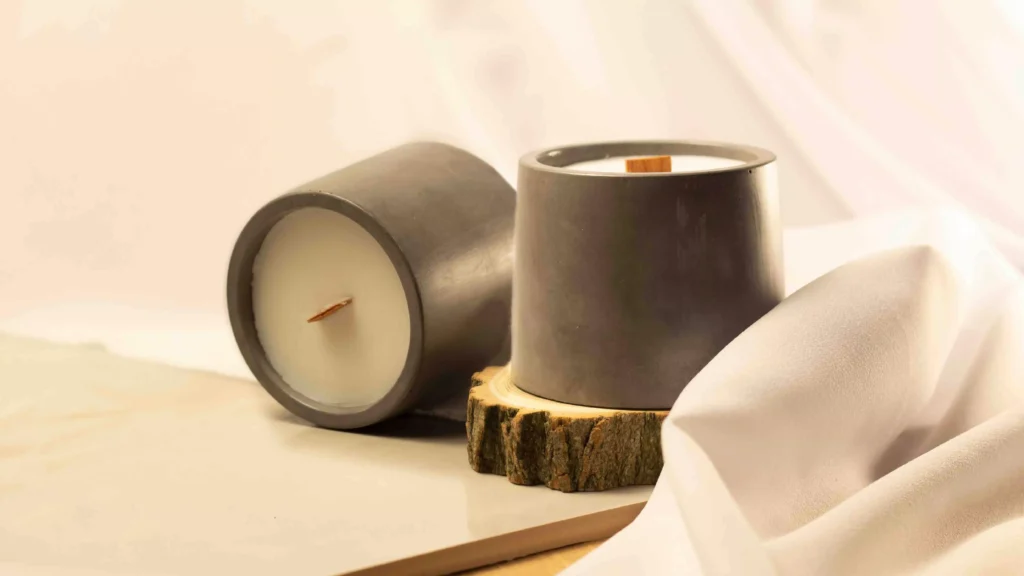
A well-made candle is more than a combination of wax and fragrance — it’s a balance of chemistry, patience, and craftsmanship. Every choice, from pouring temperature to final product packaging, matters.
Candle makers who understand their materials deeply can prevent most post-production issues. Each candle should go through a calm journey: melted, poured, cured, protected, and finally delivered in its best form.
When all these steps align, the candle remains as beautiful months later as the day it was made.
Closing Thought
A candle is a symbol of calm and care. But behind that glow lies hours of precision and science. Wax can be unpredictable, but with the right approach, its beauty lasts far beyond the flame.
For makers who value presentation as much as performance, Bespoke Candle Boxes add that essential final layer of protection — keeping each candle secure, elegant, and ready for its moment to shine.


